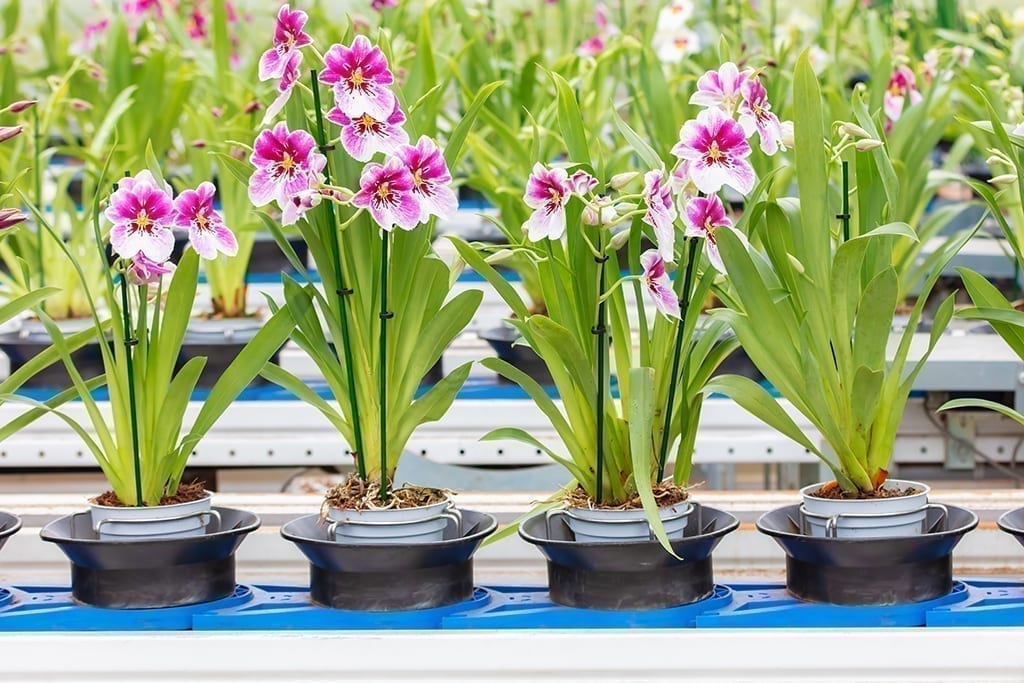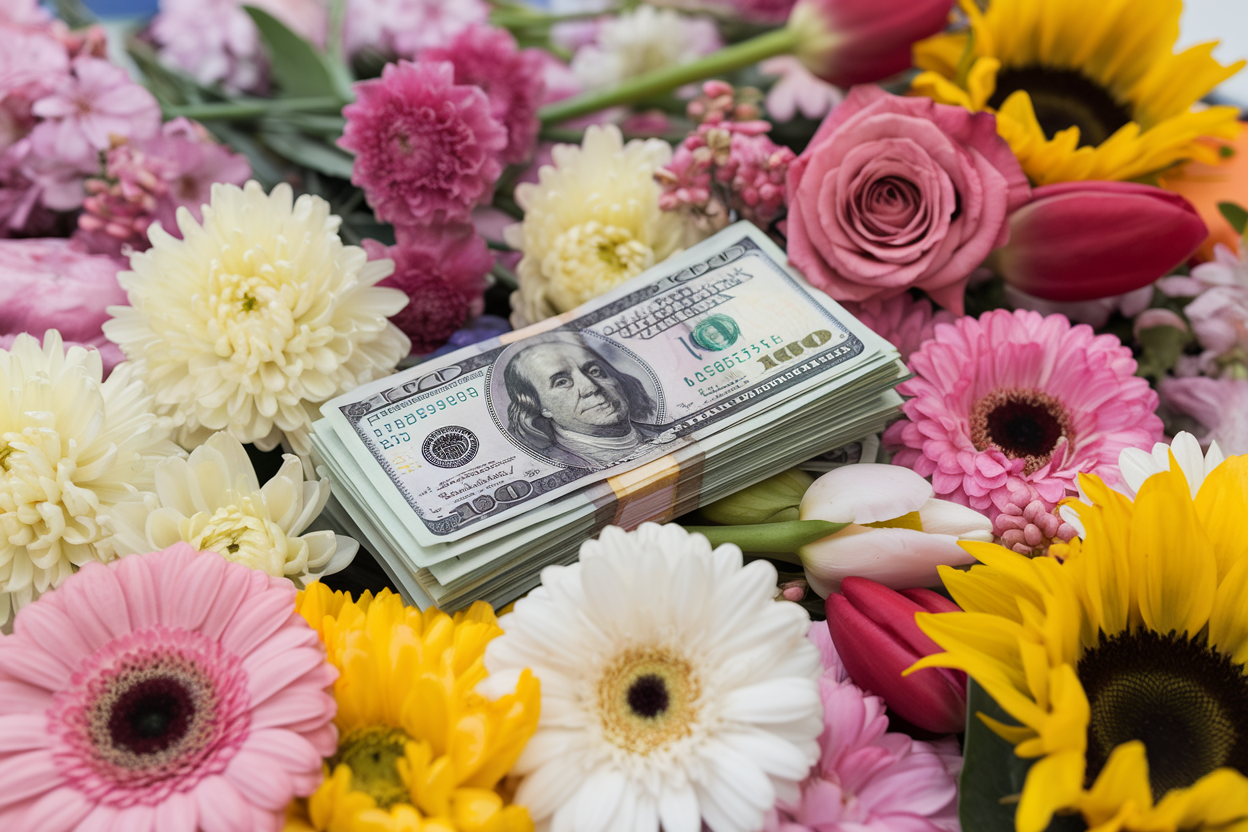
Economist Charlie Hall, Ph.D., the Ellison Chair of Floriculture at Texas A&M University, shared his economic outlook Tuesday during a SAF webinar. Hall is pictured here giving a keynote address on the economy last year during SAF’s annual convention in Orlando, Florida. The webinar is available to watch on-demand in Career Connection.
Inflation, supply chain stagnation and other negative effects of ongoing global crises are expected to abate, but the floral industry will likely not see marked improvement until year-end, according to economist Charlie Hall, Ph.D.
Hall, the Ellison Chair of Floriculture at Texas A&M University, delivered that message Tuesday during a webinar hosted by the Society of American Florists, where he also explained how measures to slow the rate of inflation should also help the supply chain recover.
Inflation Threats
Economic indicators were on the upswing when the one-two punch of the Omicron variant of COVID-19 hit, followed by the now three-week old Russian invasion of Ukraine. Pile atop that record inflation not seen since the 1980s and the economy is in rough waters. Last month, prices rose year-over-year by 7.9 percent, the fastest rate of growth in 40 years, according to the U.S. Bureau of Labor Statistics.
All three drivers of inflation — production costs, higher wages and consumer demand — have occurred, spurred on by the swirling geopolitical and public health crises, Hall said.
“We’re having to deal with all three, and all three of these things are leading to inflationary times,” he said. “Many of the florists, wholesale florists and growers that are out there right now — many of them have never managed during inflationary times. It’s been that long since we had this kind of inflation.”
Hall expects that the Federal Reserve’s recent decision to raise interest rates incrementally throughout the year will help slow the rate of inflation and lessen consumer demand, giving every link of the supply chain time to catch up.
Supply Chain Recovery
COVID-19 has exposed both advantages and shortcomings of the floral industry’s global supply chain, which is beginning to flow more smoothly but is so complex that recovery will be slow at best, Hall said.
“We’re trading flowers and influence all around the world, and we have a globalized supply chain that we spent four decades perfecting,” Hall said. “And then you overlay a global pandemic on top of that supply chain. It’s going to cause some wrinkles that are going to take some time to iron out, and we are getting better.”
Major indicators — such as the time it takes to move product through the supply chain from grower to wholesaler to retailer, the volume of product flow, and inventory levels — are all improving from the pandemic trough, he said. It will be December before he expects to see those indicators flashing green again, instead of yellow or red.
“This is a situation that’s going to take the rest of the year to improve because, again, there’s some complex supply chains and you have all this geopolitical maneuvering and stuff that’s happening at the same time,” Hall said. “And so that’s going to delay the improvement in the supply chains, but we’re already seeing it improve.”
Surviving the Short Term
Hall advised business owners faced with higher costs of goods and pressure to increase wages to adjust.
“If I am a florist or wholesaler or grower, I am going to make sure I am the employer of choice,” Hall said. “I am going to make sure my wage rates are at a livable wage. I am going to make sure I provide an atmosphere and culture within my busines that people want to come work for me.
“Next, we have to talk about price,” he said. “People are going to have to recognize that as their input costs increase, they are going to have to experiment” with their prices.
Floral professionals who expressed worry in SAF’s economic outlook survey that consumers won’t pay higher prices for flowers should be buoyed by the latest data from the U.S. Bureau of Economic Analysis, which shows steady growth in sales of flowers, seeds and potted plants from the second half of 2020 onward. Sales are off to a strong start this year, too. January sales outstripped January 2021 sales. Given the traditional Valentine’s Day bump, February should continue that growth trend when data becomes available, Hall said.
All that growth amid global crisis might show that the floral industry has successfully marketed the benefits of flowers as an essential element of healthy living, Hall said.
“This is a good litmus test of how well we’ve been doing in our marketing, that we have convinced people that we do reduce stress, that we are part of the answer to maintaining positive mental health in this country,” Hall said. “In the midst of a health crisis, it behooves us to emphasize the health-related benefits of flowers in people’s lives. If we do a good job of that, we will make the demand more inelastic. Therefore, we can raise our prices and people won’t cut back their consumption or usage of flowers.”
Watch the webinar on-demand in Career Connection. The webinar is free for SAF members, $14.99 for non-members.
Dan Parsons is a contributing writer for the Society of American Florists.






